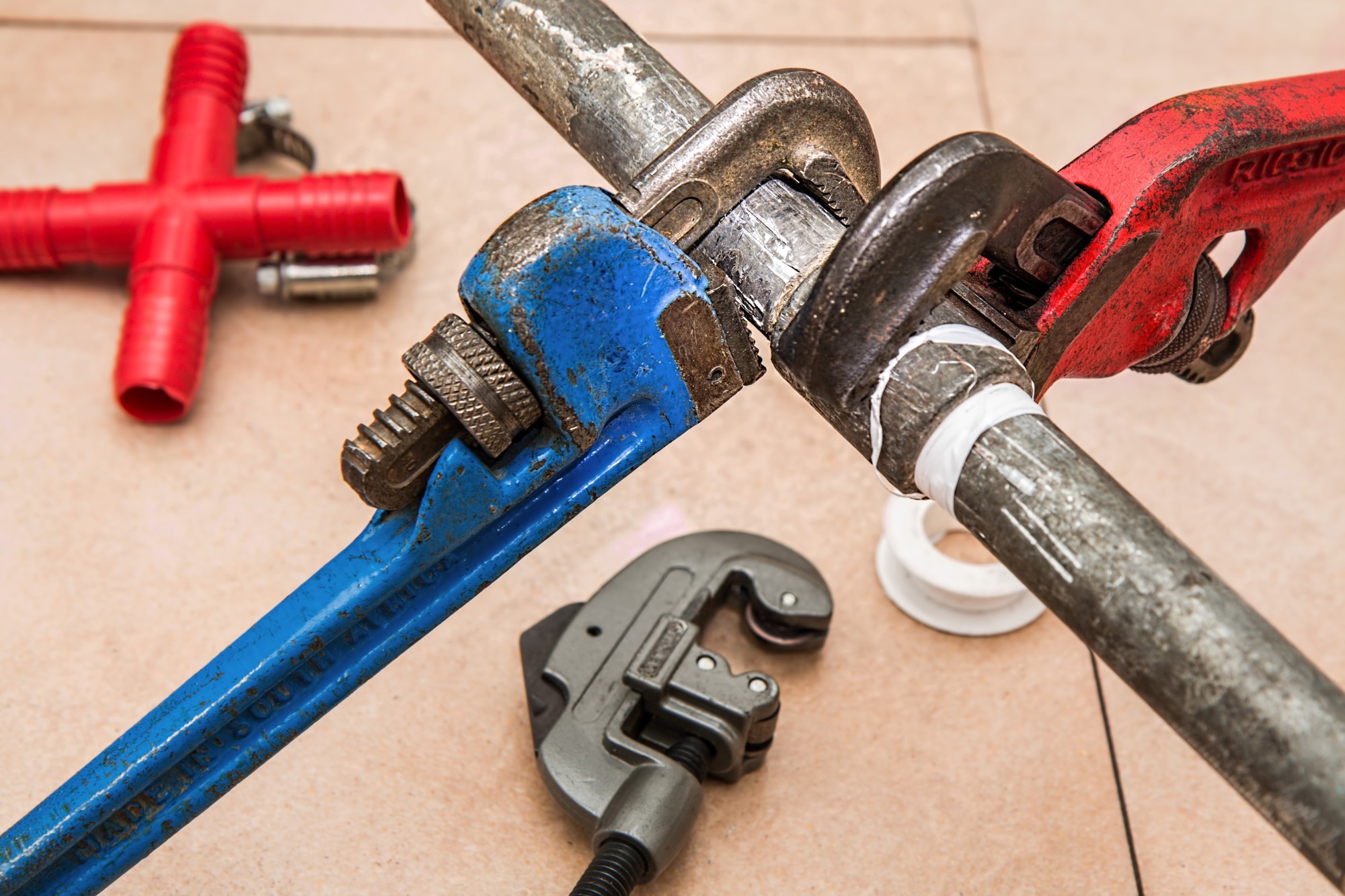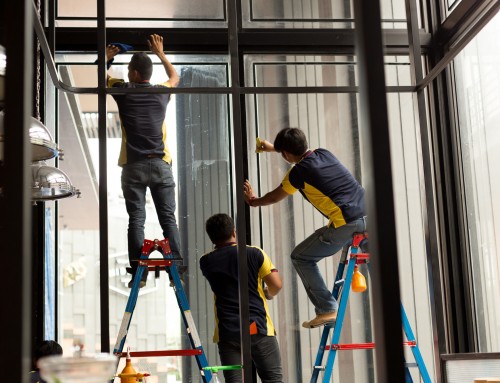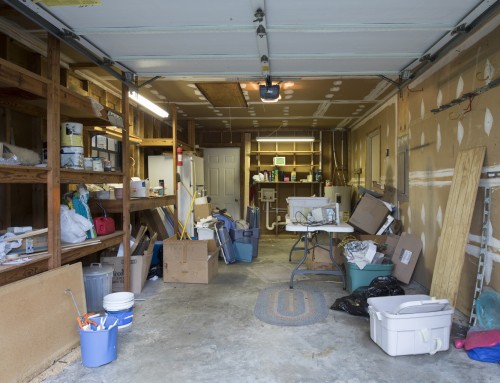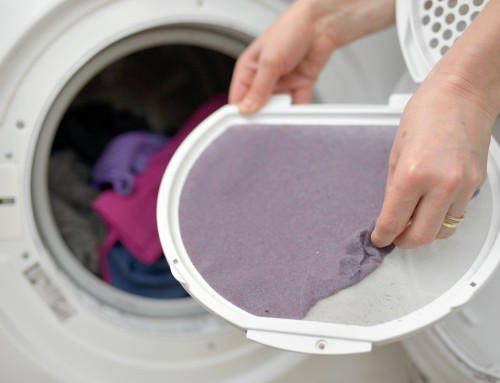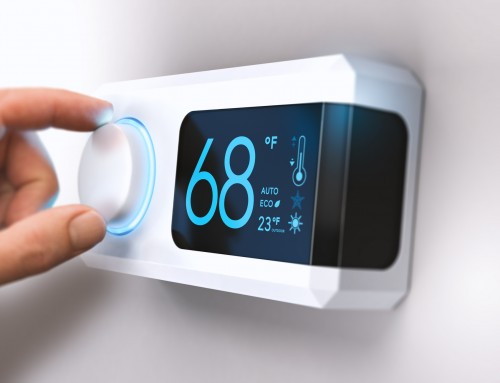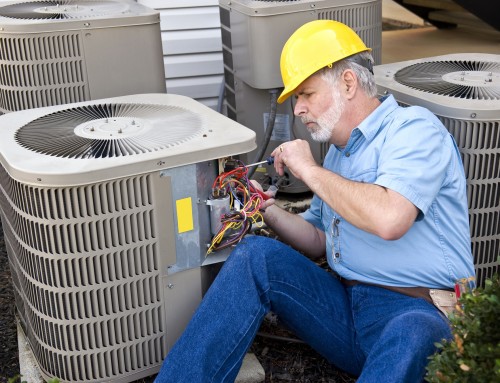Damp walls can be hazardous, especially since many homeowners may not notice signs of wetness until after mold and mildew have settled in. If you’ve noticed damp walls in your home, there could be several potential causes behind it.
Determining the cause and facilitating expeditious repairs and replacements can help you avoid the unpleasant health effects of mold and rot. You may feel comfortable performing some of these repairs yourself.
However, some plumbing repairs require a professional touch.
What Causes Damp Walls?
There are several potential causes behind damp walls. That statement may ring especially true if you discover leaky pipes beneath damp drywall. In terms of common culprits, leaking pipes do tend to be the most common cause of damp walls.
However, they are by no means the only potential causes. The following tend to result in dampened walls:
- Leaking Pipes
- Damaged Windows
- Poor Ventilation
- Humid Basement
To help you understand how each of these issues may be causing your walls to grow damp, it’s crucial to take a quick deep-dive into each one. It’s an excellent idea to get familiar with the potential causes of moist walls.
Doing so could help you diagnose the cause of your home’s damp walls and determine an effective course of action.
Leaking Pipes
The most common cause behind damp walls is leaky pipes. And the most common causes behind leaky pipes are age and debris. Worn pipes may have faulty seals that burst or leak, causing walls to dampen.
Alternatively, clumps of debris may cause pipes to become highly pressurized. When this occurs, water pushes against the pipe with increasing force until something breaks and releases that pressure.
Damaged Windows
Damaged windows can allow rain and condensation into a home, resulting in damp walls. Check your home’s windowsills for cracks or gaps. Windows that can’t keep the weather out may need to be replaced entirely.
Poor Ventilation
A home with poor ventilation can experience a wide range of issues. Wet walls is just one of the many problems associated with ineffective home ventilation. Homes that don’t receive enough fresh air can become musty, mildewy, and odorous.
Consulting with an HVAC servicer may be the best way to immediately improve your home’s humidity levels. However, if you have a basement, you may want to take a quick trip down there before committing to HVAC maintenance or repair.
Humid Basement
Basements can be naturally damp places. If your home isn’t properly insulated, warm humid air from your basement space can rise up through cracks in doors, windows, flooring, or air conditioning vents.
This can make the walls of upper floors gleam with moisture. You could use a handheld hygrometer to determine your basement’s humidity levels. If levels are low, you may not be dealing with a basement issue.
How to Fix a Leaking Pipe
If you’ve never fixed a leaking pipe before, you may feel intimidated by the idea. However, quick pipe repair is massively different from time-intensive pipe replacement. In general, there are three ways to fix a leaky pipe.
You could:
- Put Some Putty On It
- Apply the Clamps
- Tape It Up
The best repair method depends on what you have available and how long you intend the repair to last. Heavily damaged pipes may need to be replaced, and it may take time to plan and schedule those services.
These fast and convenient repair options may tide you over in the meantime.
Put Some Putty On It
You stick some epoxy putty directly onto a leak to help stopper it. You’ll need to shut your home’s water off before doing this. You’ll also want to dry the damaged area before applying the putty. Allowing it enough time to cure can ensure a solid patch.
Apply the Clamps
Handy repair clamps can attach onto pipes, providing a secure seal that can temporarily help prevent continued leaking. Smooth down any rough metal edges alongside the leak before applying the clamps.
And don’t forget to turn the water off before you get started. Otherwise, you may also need to repair some flood damage.
Tape It Up
Lastly, you could choose to use pipe repair tape. This flexible material adheres well onto pipes and can be secured into place with a wrench. Of course, you’ll want to stick to the manufacturer’s directions and guidelines.
Should you find that you’re not comfortable performing pipe repairs, don’t worry. A plumbing repair company near you can help you get your home back into perfect working order.
Can Damp Walls Cause Health Problems?
Damp walls can cause significant health problems in some individuals. They can also cause a noteworthy amount of interior damage to carpets, flooring, and belongings. The health problems associated with damp homes vary from person to person.
Still, the greatest potential health issue that homeowners may way to keep an eye out for is mold. It thrives in moist environments and causes issues with the respiratory tract. Mildew is close behind, occasionally causing skin rash after contact.
Mold and Mildew Dangers
Mold and mildew pose significant dangers to homes and their inhabitants. Individuals that inhale mold spores may experience allergic reactions that range from mild to severe. Some people may experience difficulty breathing around mold.
These fungi can eat wood, paper, and nearly any form of organic matter you throw at it. It can spread quietly throughout a home, remaining virtually unnoticed until it’s infested every room.
That’s why it’s essential to invest in mold remediation services at the first sign of a damp wall. Otherwise, you may have a long, sneeze-filled journey ahead of you.
Say No to Wet Walls
If you’re noticing signs of damp walls throughout your home, it’s vital to check your pipes and ensure that they’re leak-free. Excess interior humidity can also contribute to damp walls. You may need to improve your home’s ventilation.
Still, no matter what is causing your wet walls, it’s crucial to seek the necessary repairs and remediation services as soon as possible. Mold and mildew can quickly take over a damp wall, resulting in costly repairs and refurbishments.
If you’d like to learn more about home improvement solutions and projects, then check out our related articles now!

